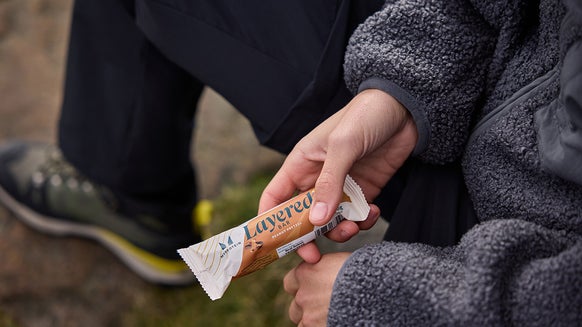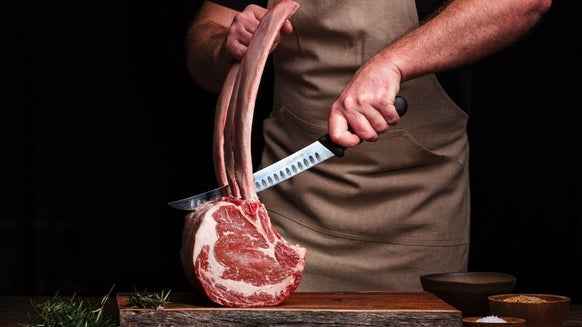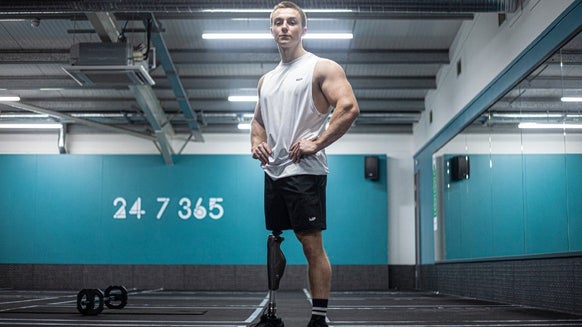Hill Running Guide And Benefits

The world of hill running is terrifying to many runners. Existing almost in its own mysterious, parallel dimension, to some it’s considered strictly off limits. But there’s nothing to fear. In fact, hill running has many benefits and is a great exercise for helping you to hit peak performance and take your running to the next level.
In many ways, a good hill run is like a good horror movie: you start not knowing what you’re getting yourself into, and there are a few bumpy moments along the way, but once it’s over it’s never as bad as you expected. And the post-run high is so good, you’ll soon want to do it all over again.
We’ve enlisted Myprotein PT and hill running enthusiast Mike Dyson to give the lowdown on incline training, its benefits, and how you can take your hill running to the max. Let’s pay a visit to the land of ups and downs.
What is hill running?
Hill running is a form of running that involves inclines, declines or a mixture of both. Hill running is usually completed over upland country where the gradient climbed is a significant part of what makes the run difficult.
5 benefits of hill running
Many runners think hill running is scary, and it can be difficult. However, there are many benefits that can be gained by incorporating hill running into your training.
- Builds strength, speed and stamina
- Improves intensity
- Burns more calories
- Helps prevent injuries
- Adds variety to your running routine
Hill running workouts
1. Hill intervals
Hill intervals are one of the most basic and beneficial forms of hill running.
- Begin with a 10-15-minute warm-up to get yourself prepared for the run ahead (eg bodyweight squats, lunges and some dynamic full-body stretches).
- Run up a hill at a pace slightly faster than your usual 5km pace.
- Jog down to the bottom of the hill.
- Rest until you have fully regained your breath.
- Repeat the process for four or five intervals. Your long-term aim is to steadily increase this as you improve.
2. Downhill runs
Sometimes neglected, this is a crucial step to introduce into your training.
- Perform a suitable full-body warm-up for 10-15 minutes. Concentrate on lower body and light plyometric work (pogos, skips, bounds).
- Ease your way into the workout with gradual short bursts to help acclimatise your body to the terrain.
- Concentrate on your technique and go with the natural pace of the hill as you descend.
- Walk back to the top of the hill, using the time as your recovery period.
- Perform five intervals, and gradually increase this over time as you improve.
3. Hard hills
This is more of an endurance workout requiring you to run in an area with many hills you can repeatedly run over.
- Perform a 10-15-minute full body warm-up including a gentle jog.
- Continuously run over the chosen terrain at a pace slightly slower than your 10km pace.
- Before finishing, use the last flat section of the route for cool-down and recovery.
Hill running tips
- Start with small inclines and declines before building your way up to higher gradients
- Enjoy your surroundings and take in the scenery when recovering between intervals
- Avoid leaning forward when running as this is a tripping hazard
- Use a hydration bladder for water and fluids
- Don’t exhaust yourself on your first run of the session
- Aim to maintain the same pace throughout the session
- Stretch before and after every run
Take home message
Follow these hill running workouts and tips and you’ll soon be feeling the benefits for your strength, stamina and overall running ability. Who knows what else, maybe you’ll soon fall in love with hill running and all its ups and downs. Stranger things have happened…
READ MORE HERE:

Build Muscle While Saving Time | Compound Push Movement
And they help you burn more calories.

Cut Or Bulk | PT Explains Which To Do First
To cut or to bulk, that is the question.

Meet Your Goals While Handling Life Getting In The Way
"Man plans, and God laughs”.











